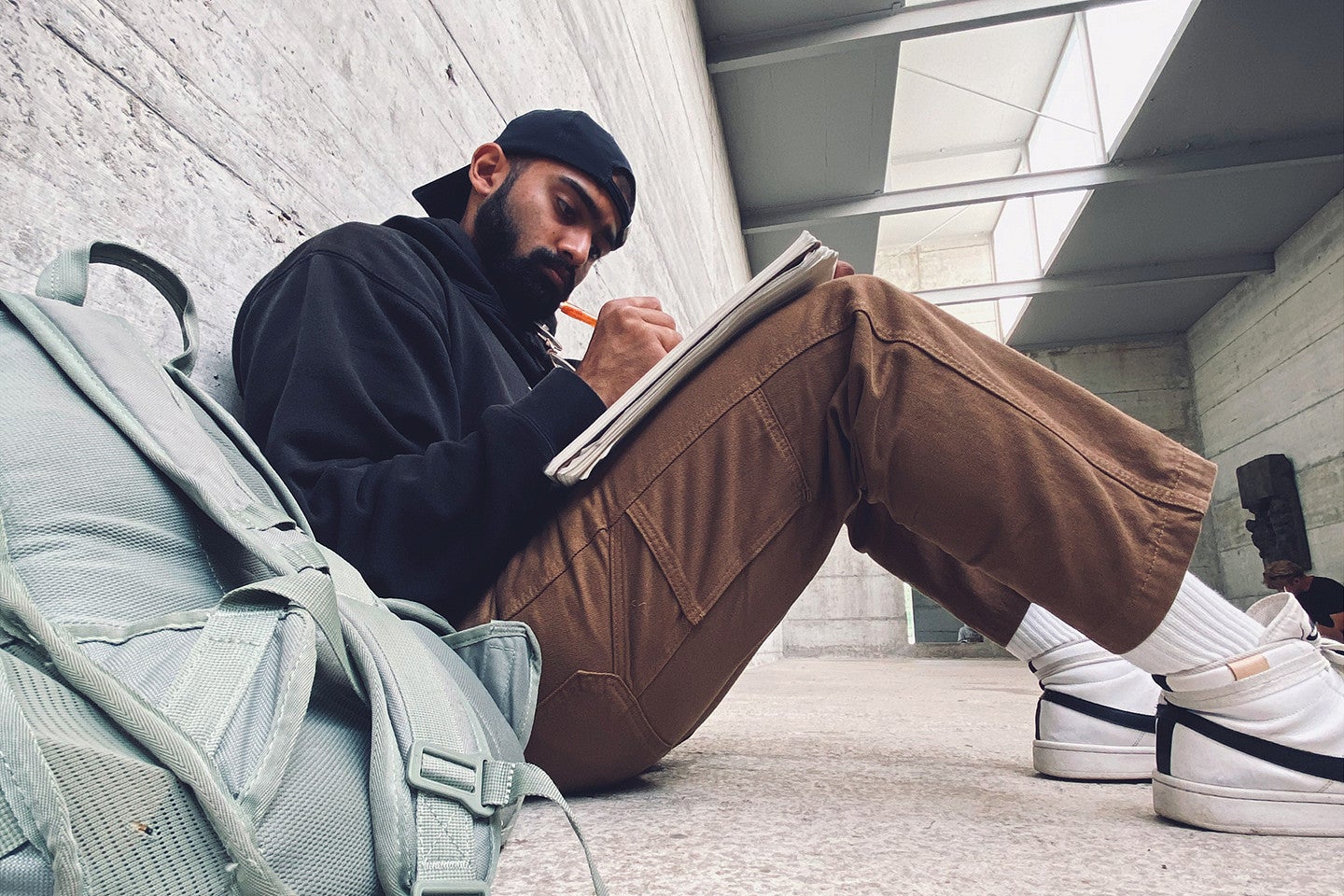
The Oregon Design Ducks (ODD) flock at the College of Design is made up of promising students, award-winning faculty, and passionate staff. The following profile is just one way our ODD flock is standing out and making its mark on the world.
Yash Akhouri is currently working towards his bachelor's degree in Architecture in the School of Architecture & Environment (SAE). As a student and designer, Akhouri has had the privilege of being born in Renukoot, India, raised in Johannesburg, South Africa and to live in three different countries along the way. Growing up in vastly different cultures has given him a unique perspective on the world, allowing him to grow passionate about learning about diverse cultures, people, and their vernacular. Ecological and vernacular design have also captured his interest, and he is constantly seeking ways to incorporate sustainable practices into his work. He believes that by adopting these practices, we can create a better world for our people and future generations.
Throughout his academic journey, Akhouri has taken on various roles and design scales to broaden his horizons, as he enjoys being a sponge of knowledge. It's essential to him that he never stops learning and growing. He is always on the lookout for opportunities to expand his knowledge and skills. Being a part of communities where growth happens is something that brings him immense joy. Akhouri says it is his belief that when we collaborate and learn from one another, we can achieve truly boundless results.
The college and SAE had an opportunity to speak with Yash Akhouri and learn about his experiences at the UO so far, the architecture program, the challenges that may come with being an international student in America, his latest projects, and more!
What made you realize that you wanted to study Architecture? Was there a moment in your life that lead you to this decision, or is it something you’ve always wanted to do?
Architecture was not something that I thought much about before looking at attending a college. My family and I were thinking more along the lines of engineering or going into medicine. What became interesting to me is, I realized through our many conversations about what field I should study that I am gravitating to these options because my brain is attracted to the combination of science and art. I can do either on their own, but it just became this thing where I wanted to amalgamate these two. There are just so many beautiful things that have come out of science and art mixing together.
I had already practiced many things with music, sound production, and engineering. I wanted to see something new. The architecture was suggested to me. I didn't know what studio, or a floor plan section, or any of this stuff was. I just blindly applied and watched countless videos of architects in their all-black attires, thinking “Cool! Let's see what architecture has to offer!”
As an international student who grew up in several different parts of the world, how do you feel your unique experiences have influenced your perspective on architecture and your work?
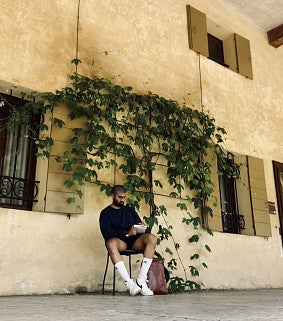
Growing up in India, Africa, and a few other countries, I have come to understand that people are different. What they need is different. Connecting with somebody is very different from looking at a map and seeing a cool. My life experiences have been advantageous to me because I am able to consider these conditions and build for them. When it comes to things like food, culture, clothing, patterns, and colors, I try to absorb everything. As soon as I get into an environment, I think of these things in a way that others may not. That has been a great advantage for me, and a great privilege too.
One thing about me is, I put my heart and soul into everything I do. No matter what the task given to me is, I take it on from an approach of learning. I think that's one of the most important values that has been instilled in me from growing up in very different places. You have to learn to adapt and to be a student at all times. You can never go into something with an attitude of “I know everything, so I'm going to use my own approach.” In my opinion, that attitude has been the biggest benefactor for me. I want to learn. I want to absorb as much knowledge as possible.
Why did you decide to attend the University of Oregon?
Growing up in South Africa, I wanted to get away from the “hustle and bustle” of things. Coming out of high school, I just knew that I wanted to come to America. I had never visited before, but I knew I wanted to come to America to pursue my education. The process of deciding where I wanted to go involved a lot of researching the best architecture programs in the country.
A beautiful thing about the University of Oregon was, it kept coming up in my searches as ecologically and sustainably forward. The designs I saw from the UO seemed human- and earth-centric. I thought that was amazing, so I blindly applied. I had gotten accepted into a few universities already for engineering, but once I got the UO application, there was this gut feeling that this was where I should be. This is where I'm going, and I just full-sent all the way here.
What would you say interests you most about architecture, now that you’ve been able to study it in such great depth?
Architecture is changing every year. It's always growing. It never becomes stagnant or suddenly shifts from one topic to another. It takes the pieces from a main idea and branches them into other relevant, interesting ideas.

Right now, what has been the most interesting to me is ecological design. There's a truly inspiring concept being taught to us by UO professor Tom Hahn called ecological morphogenesis, which is all about taking nature into account and using it as your design consultant. For example, your designs should take into account the angle at which the sun moves in, wind patterns, the materials in your environment, textures, etc. Ecological morphogenesis is about understanding what the environment needs around you and working with it instead of against it. I feel too often today, architecture is little more than picking a site, ground clearing it, and building. I haven't really been a fan of that.
I think ecologically, community, and even socially forward design has been truly amazing. I've followed Francis Kéré, who is the 2022 Architecture Pritzker Prize winner. From him, I’ve taken this concept of love and empathy through design at put that idea into my own work. It almost feels like a superpower to me. You get to connect with people and truly be one with them. I want to make good spaces for people and do good work for others. When you work on something for somebody and hand it to them, even the smallest of things that you’ve put care into, seeing them happy and smile makes it all worth it.
One subject that the College of Design has heavily focused on in recent years is Transpecies Design – an other-than-anthropocentric approach to regenerating, restoring, reinvigorating, and replenishing the natural environment. What does transpecies design mean to you?
When I think of transpecies design, I think of how nature is this perfected system that has been working on itself for millions of years. It's a system. It's not just one thing on its own, but a connection of many different systems. The soil is a certain way because the plants have adapted in a certain way because have a certain level of moisture. It's just a giant network. I think that is what I love so much about the topic of transpecies design. It is so network-oriented, which scratches a good part of my brain. You may have a solution, but you have to think of all of these other things that you're affecting with your solution. It is not always positive. You could do one intervention that does 80 things positively but affects 20 different things negatively. Finding balance and understanding that it's an experimental thing that is continuous, I think is something that transpecies design really brought out within me.
From an anthropocentric approach, human intervention through the use of technology and other processes we do can aid nature’s processes in a way that can create beautiful things that benefit life as a whole. There have been some amazing projects with firms that have been doing work with bees, like using their wax and hive structures to create different pieces of artwork, as well as trying to include animals on the facades of buildings. Learning about and experiencing the effects of transpecies design has been incredible.
You’ve been working with Dean Adrian Parr Zaretsky on a transpecies design project destined for the 2023 ECC Venice Biennale for a little over a year and a half now. Can you tell us about this project and your experiences working on it?
I am very much a “Yes. I'll do it,” type of person. I don’t necessarily consider what's going to come out of a project, so long as it piques my interest. That's how I stumbled into such an amazing opportunity. The head of our department came to a meeting of an organization that I'm currently running and said that the Dean is looking for some help for a project. He didn't say much about the opportunities that came with helping, or what was involved in it, but I just stuck up my hand, thinking “Sure, sounds good! I have time.”
I met with the Dean, and the very first time I met with her, she said, “OK, cool. You're working with me now!” This was in September of 2021. I didn't know what to expect. In the beginning, we were just ideating multiple ideas back and forth. Her main idea was this forest of columns that would light up. I had this vision in my head and got to work on it. The next term, I was in a studio with interior architecture in the mill race woodshop, where my class came up with about 15 different iterations of what Dean Parr Zaretsky wanted. We came up with glowing towers and a great presentation on them. They were well received, but part of me knew that her vision was still not met. I reached out to her again and asked, “How do we move forward with this? I mean, it needs to go into an exhibition.” She asked me if I wanted to work on it this summer, and I said, “Of course!”


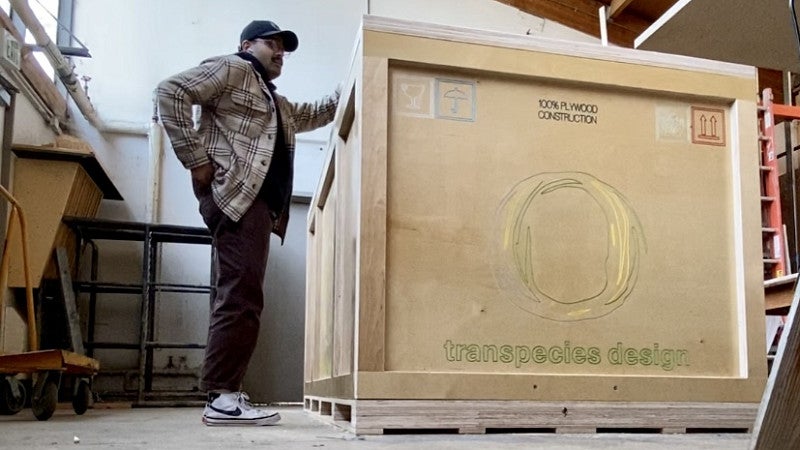
At the same time, I was working two summer jobs, so the daytime was spent working on the ECC Venice Biennale project and the nighttime was spent working at an online internship with a firm in Kenya Nairobi – Boogertman + Partners. I was on a 24-hour cycle of doing amazing work. Part of that process was all about understanding fabrication and design documents and meeting with a client on a regular basis. It was basically a full-time job that I was lucky enough to lead and head a lot of this work because of my involvement with the design process. I was there from when the idea was just words from the Dean's mouth to the point when we worked with Jeff Billington to ship the final version to Venice – beginning to end.
I had the opportunity to design or have a touch of my work in every piece of design in the exhibition. I have been able to work with amazing faculty and assist them in a lot of their endeavors in getting their work to Venice. This whole project has opened up my eyes to a lot of opportunities and it has given me leadership and communication skills that I don't think I would have gained if not for saying yes. I'm just grateful for the opportunity that the Dean you know, bestowed upon me. I hope to work with her in the future when all is said and done.
What does it mean to you to see your work get recognized, both locally and on the world stage?
I'm grateful for any recognition I get. I don't do the things I do for recognition, because I wake up and do what it is I love doing every day. This work is something I'm truly passionate about, even through the struggles that come along with it. I love the work I do. Obviously, time is something that gets in the way and sometimes, because of my interest in the work, I won't even take it into account. I think, “I need to finish this for tomorrow, what's one night not slept?”
The recognition and the opportunities that the Dean has given me in particular, I remain utterly grateful for. 21-year-olds like me don’t just get the opportunity to design an exhibition for a World Expo. Somebody made that very clear to me. I was doing this work because I loved it and it didn’t feel like too much to take on. He said, “You're designing an entire exhibition on a global stage. There'll be some of the best architects and firms from all over the world. And you're going to be in the main palazzo. When people walk in, your work is some of the first they’ll see.”
I realized then how big of a deal this was. To me, it's just fun work that I to love do. When we showed the Dean some of our progress and she had the excitement of a little kid, that's really what I want people to feel when I make something for them. Seeing that giddy, happy feeling of that genuine happiness coming out is really what it’s all about for me.
What is your goal once you’ve earned your degree this June?
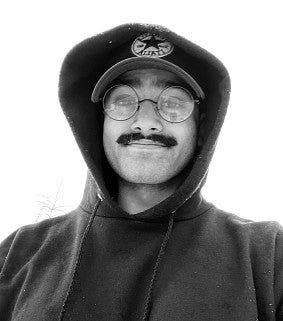
During my time here, I earned a five-year degree in four years, so I still have a year on my visa left. I decided to take on a one-year, fast-tracked Master of Science degree in Architecture with a focus on mass timber. Next year I'll be back here in Eugene with Judith Sheine and Cal Poly’s Mikhail Gershfeld. We're going to be working on a research project about mass timber and new ways of using mass timber. The leaps and bounds that technology has made in engineered wood have been amazing. I'm glad we're heading toward going back to more natural buildings because it just inspires so many. It's a system where you can see the effort that was put into the material with every joint and connection. I’m very excited to be working in the realm of mass timber in the future!
While working towards my master’s degree, I'm looking into different opportunities to collaborate with as many disciplines in the College of Design as I can. I've worked with a couple of landscape architecture students in the past and am working with a product design student. My next goals will be to work with an interior student and then a Planning, Public Policy and Management major. Tackling some form of collaborative effort with each department would be awesome.
After your allotted time on your visa expires, what are your plans? Do you hope to stay in the United States or do you have plans to go back home?
Going home is something I have definitely thought about, but something I have to consider is that I am still very young. I need to wake myself up sometimes and realize that I can't rush everything. I need to gain experience and go into different avenues of research, fabrication, and design. I need to build myself more of a name and a expand my physical so that I can eventually go back and do this work.
The idea is to set up my base in either in the US or Europe. Europe is the main end goal. Francis Kéré’s office is one of the offices that I'd love to work for because of the type of work that he focuses on. He was able to make a reputable name for himself in Berlin, and now he is able to take his work with engineering and architecture and make beautiful, simple engineered buildings for kids that are growing up in his home country, Burkina Faso. He empowers the people in these communities to build for themselves.
To me, this idea of empowering others, is amazing. It’s something I want to do in the future through my work. Right now, I'm taking every opportunity I can to extract knowledge from the people around me so that when I do eventually go back, whether it’s my own family or communities I’ve grown up in, I can just say, “This is how you do it, and this is the simplest way of doing it. What you've been doing for a thousand years has been working, but we need to teach it to people again, and revive that light and passion. This is your home and your community. How can you make that change and not need to depend on other people for it?”
That's the eventual goal. I want to be an inspiration to people and a a seed of knowledge instead of somebody who intervenes and expects praise for the things I’ve made.
Do you have any words of encouragement or wisdom for other international students who are already on campus or may be considering coming to the UO?
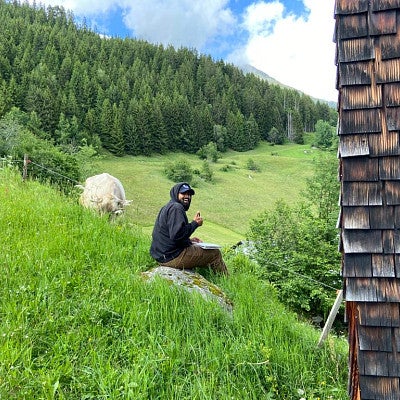
Being an international student in American is not easy. When it comes to hurdles that we have to face, especially within the design world there's can be a problems that arise and, naturally stress frustration that comes with them. There can be a lot travel and there are there's a lot of opportunities that you may miss out on just because of the documentation and paperwork involved. To other international students, I want to say, never to be disheartened when things just don't work out your way.
A personal example of this is the upcoming trip to the 2023 ECC Venice Biennale. I'm realizing that it it's really difficult to get to go to Venice because I need a visa and there have been zero dates. It’s a tough process. My cohort is so excited to go, while I have my fingers crossed, hoping and praying that I have that same opportunity. As I said earlier, I say yes to everything and anything that comes my way, but sometimes as international students, we may not have the liberty to do that. When you don’t, it's a lesson learned. Ask yourself, “Maybe I can’t do this, but what can I do that's within my range so that I may make a change and do good unto others. If you set out with that purpose into the work that you do, I don't think you should be disheartened. It didn't work out. Do what you can to redirect those efforts into making change and progress, or even just working to make somebody else's day better.
What would you say to potential students who are considering studying Architecture at the UO?
Studying architecture at the UO is an amazing experience because you get to make your education whatever you want it to be. You can get as much out of the experience as you want to. Education is quite an investment, and I think it is best to make the most of it. The amount of opportunities that have been given to us through daily emails is something that I truly like about the school. At times it can feel overwhelming, but every single day you have a chance to sit down and potentially take on something new and beneficial for yourself.
You can create a community with your cohort that you start school with and truly inspire each other through design and interaction. Being in such a natural environment like Eugene pushes you to go outside and simply ask yourself, “How can I keep this? How do I preserve this natural beauty? How can I make something that's going to help us preserve natural beauty for the future?” Studying architecture at the UO has a lot of advantages, and if you're looking to be ecologically forward and advocate for the planet Earth it it's the perfect place to come and pursue a good education. There are offerings for anybody and everybody here.
